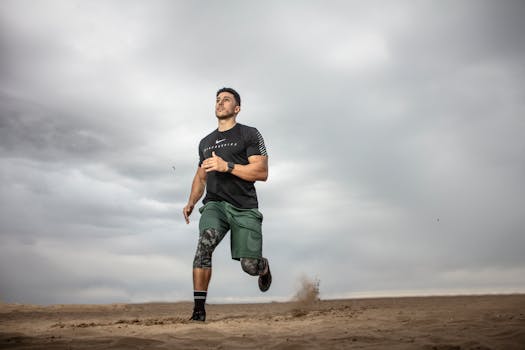Fitness for Seniors: How to Stay Active, Healthy, and Prevent Injuries at Any Age
As we age, maintaining an active lifestyle becomes increasingly important for our overall health and well-being. Regular physical activity can help seniors improve their strength, flexibility, and balance, which are crucial for preventing injuries and enhancing quality of life. This article explores effective strategies for seniors to stay active, healthy, and injury-free.
The Importance of Staying Active
Staying active is essential for seniors for several reasons:
- Improved Physical Health: Regular exercise can help manage chronic conditions such as heart disease, diabetes, and arthritis.
- Mental Well-being: Physical activity is linked to reduced symptoms of depression and anxiety, promoting better mental health.
- Enhanced Mobility: Exercise improves flexibility and balance, reducing the risk of falls, which are a leading cause of injury among seniors.
- Social Engagement: Group activities can foster social connections, combating loneliness and isolation.
Types of Exercises for Seniors
When it comes to fitness for seniors, a well-rounded exercise program should include a mix of aerobic, strength, flexibility, and balance exercises. Here are some effective options:
Aerobic Exercises
Aerobic exercises are essential for cardiovascular health. Seniors can engage in:
- Walking: A simple and effective way to improve heart health.
- Swimming: Low-impact and easy on the joints.
- Cycling: Can be done on stationary bikes for safety.
Strength Training
Strength training helps maintain muscle mass and bone density. Seniors should consider:
- Resistance bands: Easy to use and versatile.
- Light weights: Focus on higher repetitions with lower weights.
- Bodyweight exercises: Such as squats and push-ups.
Flexibility and Balance Exercises
Flexibility and balance exercises are crucial for preventing falls. Recommended activities include:
- Yoga: Enhances flexibility and balance while promoting relaxation.
- Tai Chi: Improves balance and coordination through slow, controlled movements.
- Stretching: Regular stretching can improve overall flexibility.
Creating a Safe Exercise Environment
Safety is paramount when exercising, especially for seniors. Here are some tips to create a safe workout environment:
- Choose appropriate footwear: Supportive shoes can prevent slips and falls.
- Clear the exercise area: Remove any obstacles that could cause tripping.
- Use supportive equipment: Consider using handrails or chairs for balance during exercises.
Listening to Your Body
It’s essential for seniors to listen to their bodies and recognize their limits. Here are some guidelines:
- Start slow: Gradually increase the intensity and duration of workouts.
- Stay hydrated: Drink plenty of water before, during, and after exercise.
- Consult a healthcare provider: Before starting any new exercise program, seniors should consult with their doctor, especially if they have pre-existing health conditions.
Case Studies and Statistics
Research supports the benefits of exercise for seniors. A study published in the Journal of Aging and Physical Activity found that older adults who engaged in regular physical activity had a 30-40% lower risk of falls compared to those who were inactive. Additionally, the Centers for Disease Control and Prevention (CDC) reports that only 28% of older adults get the recommended amount of physical activity, highlighting the need for increased awareness and encouragement.
Conclusion
Staying active is vital for seniors to maintain their health, independence, and quality of life. By incorporating a variety of exercises, creating a safe environment, and listening to their bodies, seniors can enjoy the numerous benefits of physical activity. Remember, it’s never too late to start exercising, and even small changes can lead to significant improvements in health and well-being. Embrace the journey of fitness at any age, and reap the rewards of a healthier, more active lifestyle.
